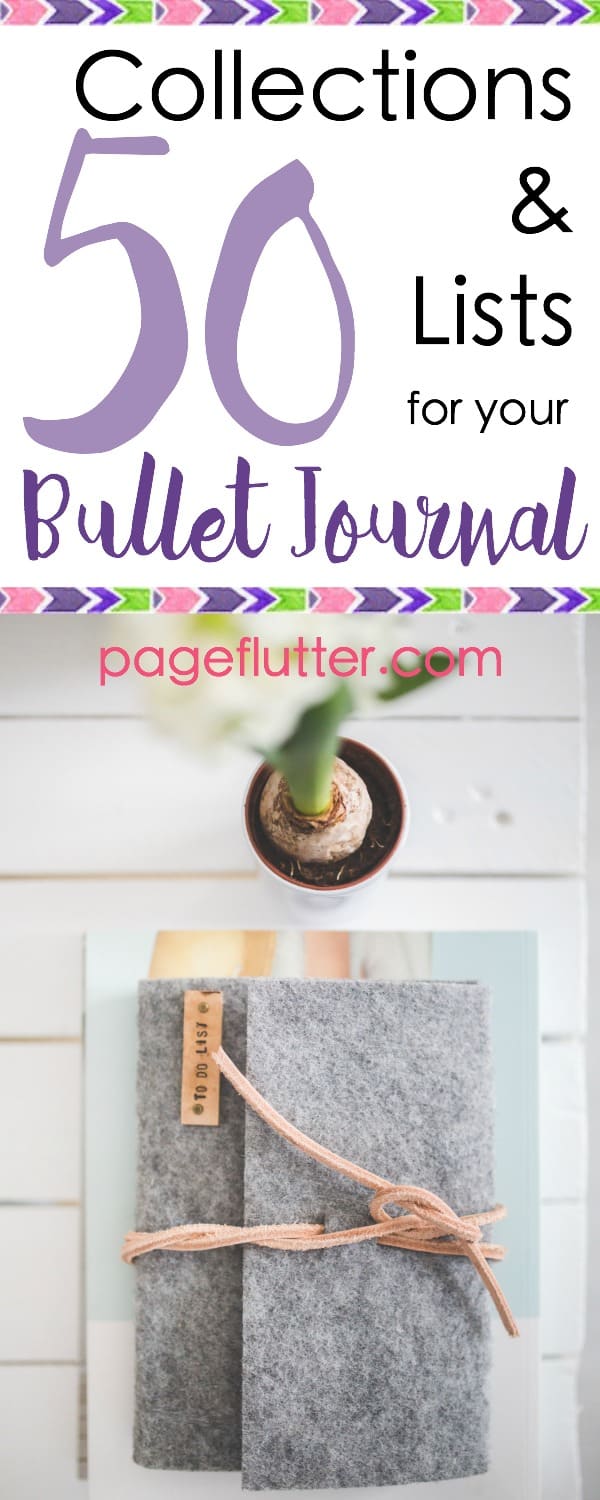
Below the include is the internal style for the button. It also has a padding of 10 pixels and a font color of white. The background color of the button in the external stylesheet is set to green. The external sheet contains a style for the button. It contains a link to the external stylesheet. Internal Stylesheet button The following page includes an external stylesheet.
Flutter habit code#
Let’s look at the previous button code and see how we can produce the same result with much more readable code. There is a time when inline styles should be used we’ll get back to that shortly. Inline styling should be avoided whenever possible. If you had multiple buttons and wanted each one to have a padding of 10px’s and a blue background color, you would have to copy the style to each button. If we wanted to add padding to our button, and change the background color to blue, we could do the following: Click Me Įven with only two styles added to the button, the code readability is already starting to suffer. Inline CSS can be added to any HTML element using the style attribute.

There are three ways: inline internal external
Flutter habit how to#
The first thing that you will have to learn is how to add CSS to the document. To add padding to a table in HTML5, use CSS.

As of HTML5, cellpadding is no longer supported. For example, cell-padding was an attribute that was used to create padding inside a table. Prior to the implementation of CSS, HTML elements were styled with certain element attributes. CSS will help us retain the visual appeal of the site while at the same time improve our SEO (Search Engine Optimization). For your website to be Search Engine friendly, we’ll remove any excess bloating from the markup and focus on proper semantics. Why do we need a separation of content and presentation? To make your website easily indexable by search engines. We’ll tackle this the hard way first, utilizing pure CSS only, and then we’ll use the Bootstrap framework to simplify that process.ĬSS (Cascading Style Sheets) is the “ language for describing the presentation of web pages, including colors, layout, and fonts.” CSS allows for the separation of content and style. Responsive design allows your website to scale properly across any screen size. The main focus of this chapter though will be on responsive design.

We’ll style text, images, and a few other HTML elements. We’ll explore three types of CSS inclusions: inline, internal, and external. CSS was created to separate the styling from the structure of an HTML document.


 0 kommentar(er)
0 kommentar(er)
